When “I’m Sorry” Doesn’t Cut It – How to Teach Kids to Apologize

I went to a small elementary school run by nuns.
My 4th grade class had only 10 students – and that was pretty much the norm throughout the entire school.
Even though I felt protected, safe, and had a great education – there was one thing I feared more than anything else.
Getting a mark.
Any time a student did something wrong – be it talking out of turn or saying a “slightly” naughty word – Sister Mary Louise gave you a mark.
Too many marks and you lost all your after school play to sit in study hall.
I lived in fear of doing anything wrong – while the students who tested boundaries accepted their dozen marks and continued on with life.
To me, it was devastating.
I don’t blame the school I went to. This is how many schools discipline. In fact, I disciplined like this in my classroom except I did it with moving clothespins each day.
I didn’t know any other method.
Frankly, if I were to teach again, I would NEVER use this classroom management system.
Why do we need to shame kids?
When kids have a clothespin with their name on it and the teacher tells them to move it down to the next level because of some mistake, two things might happen:
- The students who consistently hit the bottom won’t care. Well, they will. But probably think this is who they are and they can’t do any better.
- Those who rarely make a mistake live in fear. The kids don’t equate their bad behavior with the action. Instead, they feel that they are a bad person.
This is how our society disciplines.
Read: 6 Positive Discipline Steps to Respond to Kid Behavior
Their first thought isn’t that, “I did a bad thing…”
It’s “I’m a bad person.”
That’s shame.
According to Dr. Brene Brown in her book, Daring Greatly, “Shame is the intensely painful feeling or experience of believing that we are flawed and therefore unworthy of love and belonging.”
You might ask, JoAnn… what does this have to do with apologizing?
Does your child refuse to apologize?
Think back.
Does your kid refuse to admit he or she was in the wrong?
It’s not because they are refusing to accept responsibility. That’s not the internal struggle.
The struggle is: “If I admit it, that really means I’m a bad person.”
That’s why some kids refuse to say sorry or admit any wrong doing.
How do we help them to see that isn’t the case?
READ: How to Boost Kid’s Self Esteem
We as adults have scars from shame.
I don’t know about you. But that old elementary school fear of being wrong or hurting someone’s feelings still haunts me.
You might see it in wanting everything to be perfect before you put yourself out there.
Or possibly quitting right when it gets hard because the possibility of failure is way too painful.
How to teach your kids to apologize – on their terms
First, we need to teach our kids about shame. Shame is feeling that you are a bad person unworthy of love and belonging because of your actions.
This isn’t true.
You’re worthy of love.
And you know your kid is worthy of love.
My heart breaks for my kids whenever I see them in this state,
I made a video for your kids to teach them all about this and how to “repair the relationship” after a mistake.
I don’t use the word apologize because I feel that connotes wrong-doing.
However, if we repair, we’re looking for ways to make it better.
It works much better than an apology.
What you can do at home
There are three ways that you can make repairing the relationship a norm in your house. First, you can:
Allow space for mistakes
How many mistakes do you make each day? My gosh, I have a billion.
My temper rages out of control. I’ve learned how to reel it in so that I’m not a yeller, but that rage comes out in other ways.
Gruff comments.
Not setting good boundaries so then I feel overstretched and overwhelmed – and then I say something insensitive.
I make mistakes all the time.
Once I’m calm, I admit those mistakes to my kids.
For example, the other day, I was listening to an online training for creating a podcast. (Spoiler: The No Guilt Mom podcast is coming!)
My kids were in the room with me.. Hovering. It’s the challenge or working at home in 2020.
I was already on edge from the constant distractions.
My daughter started picking up my airpods case and playing with.
The second she opened it, all sound went mute on my desktop computer and went to the Airpods.
“Hey babe, please don’t play with that. It messes up my sound.”
I take the case away.
“I’m sorry. I just wanted to look at them.”
“I know sweetie. It takes the sound away from the computer.”
I close out of the broadcast and reload so I can hear it again.
However, five minutes later, the sound goes mute again.
“I didn’t take them out, I just opened the case.”
Tensing up my arms, I let out a frustrated “ARGH!”.
My daughter looked down, stomped out of the room and slammed her bedroom door.
I felt bad for my reaction, but I also knew it was coming.
Twenty minutes later, I opened her bedroom door.
“Hey. I’m sorry I freaked out. I’ve been really stressed it with staying at home and trying to get work done. I know you didn’t mean to”
Mistakes happen. I try to point mine out as much as possible to my kids so that they feel free to admit theirs as well.
Repair the Relationship
You might have noticed that I said sorry in that instance. It wasn’t my intention to just say sorry though. What I really wanted to do was repair the relationship with my daughter.
There are times when a sorry is appropriate and when a sorry doesn’t cut it.
The other day, we decided to order in for lunch.
It’s just me and kids home right now since my husband had to return to the office.
My daughter has been asking for weeks for her favorite sandwich place, Panera.
Unfortunately, my 7-year-old son doesn’t like Panera.
Add to that, he loses his temper in dramatic ways when hungry. I’m talking full-scale screaming and throwing things across the room.
How I deal with that is a topic for another post. To tell you the truth, that’s one I’m still working on.
I worked until 12:20 pm that day – way past my son’s usual lunchtime. And he was unreasonable.
Even though I promised Panera, it would have been another 30 minutes until we got food.
I knew that would be 30 minutes in hell – so I decided lunch would be at home. I made my son a sandwich.
My daughter sat pouting on the couch.
My first thoughts are not about peace and solitude. NO. It’s more like, “Doesn’t she know all that I do for her? How dare her pout! Doesn’t she know how hard I’m working.”
Feelings are feelings.
You can’t make them magically disappear – for you or your kids.
So, I don’t acknowledge it at first. I let myself calm down.
I don’t think there is any reason to apologize for having lunch at home.
But I do know, that I promised Panera and my daughter is probably hungry to.
She usually makes her own lunch. To repair the relationship, I make her a grilled cheese.
“What are you doing?” she asks.
I know you really wanted to go to Panera and are disappointed. I’m sad you’re disappointed, so I’m making you a sandwich to make up for it.
She comes over to me and gives me a hug. “Thank you.”
How to get kids to apologize
Apologizing doesn’t need to include an I’m sorry. Here’s your plan to make “relationship repair” easier for your kiddo.
- Have your kids watch this video I made for them about shame, admitting mistakes, and repairing relationships.
- Point out your own mistakes as often as possible.
- Be the leader in repairing relationships after mistakes
You got this mama.
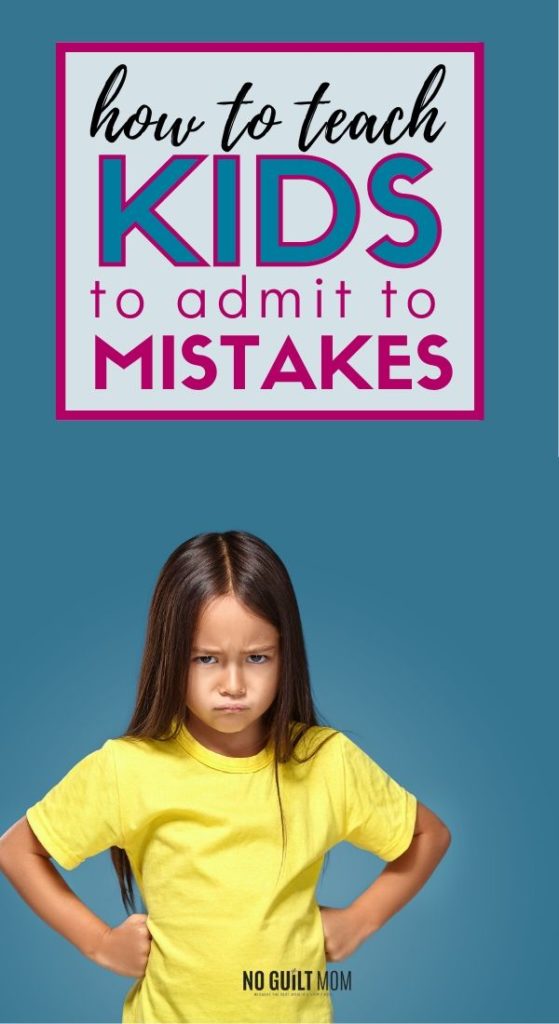

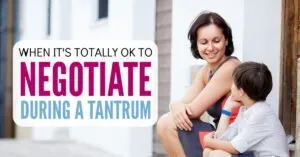





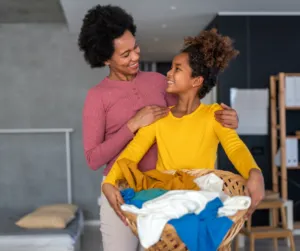

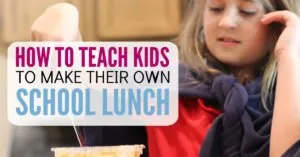
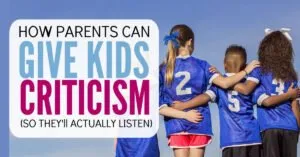
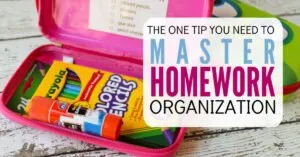
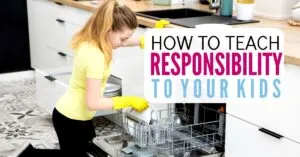
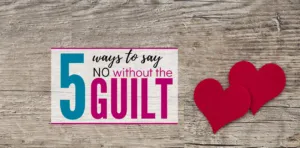


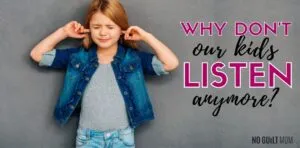

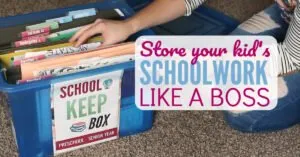
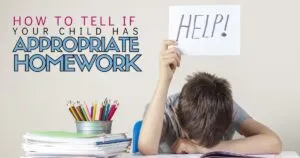

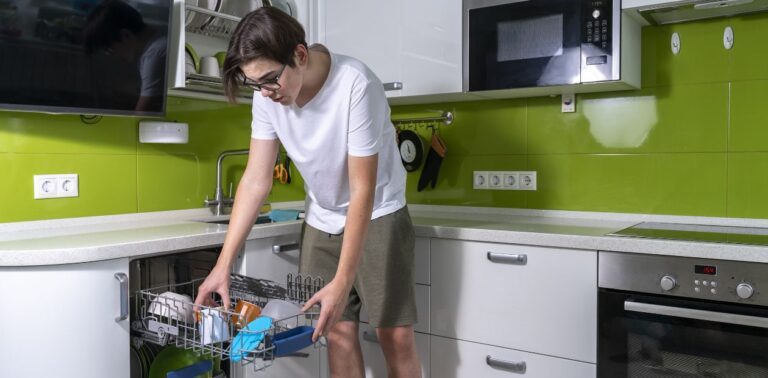

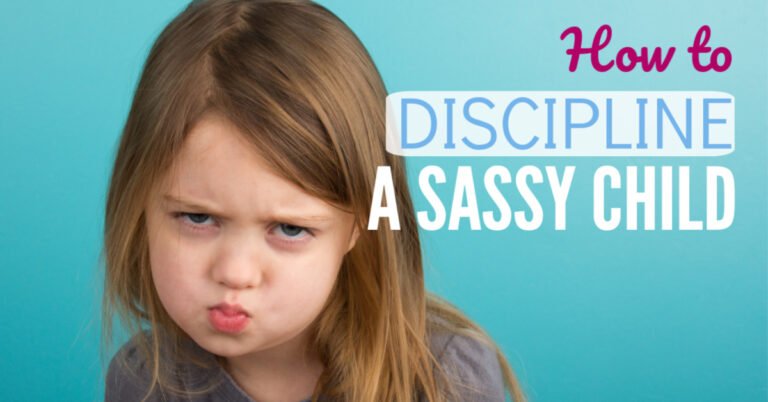
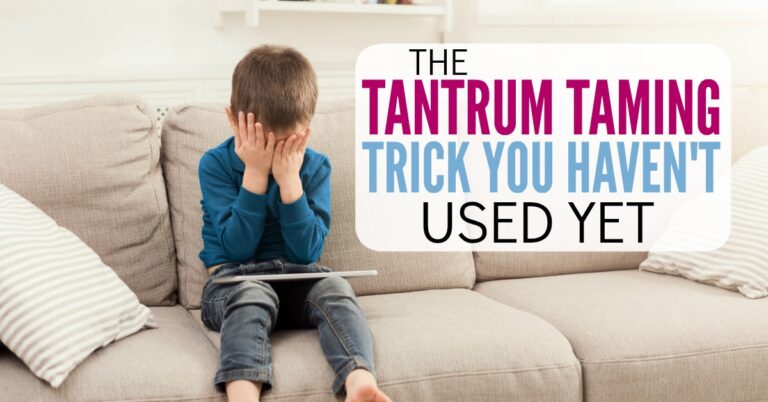
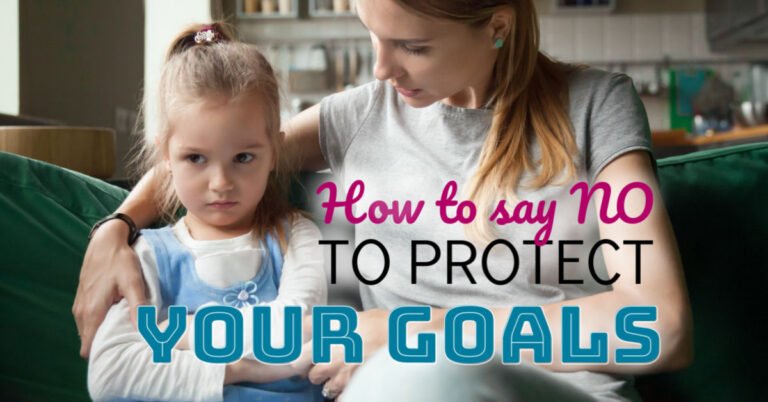
Thanks for this, I enjoyed reading it from a different perspective! Even though I don’t really teach a lot of apologizing in my classroom, I do with my son. I however do apologize to him my fair share as well 🙂
I love Brene Brown have learned a LOT about shame and parenting from her! Glad I found your blog!